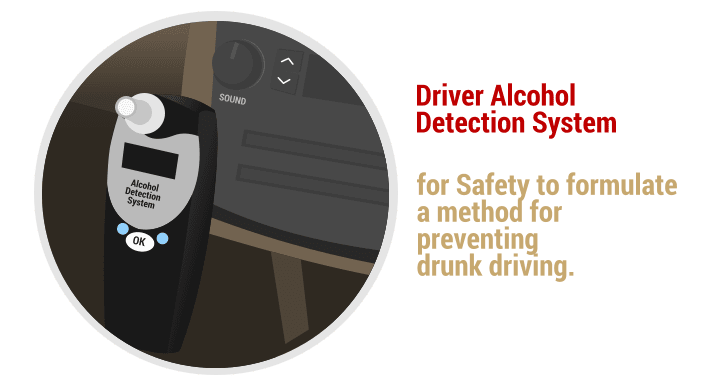Drivers convicted of driving while impaired are typically the only motorists required to prove they haven’t been drinking before they start a vehicle. Many drivers convicted more than once of driving while impaired are required by courts to breathe into an alcohol breath tester attached to the vehicle ignition system before they can start the engine.

Drivers convicted of driving while impaired are typically the only motorists required to prove they haven’t been drinking before they start a vehicle. Many drivers convicted more than once of driving while impaired are required by courts to breathe into an alcohol breath tester attached to the vehicle ignition system before they can start the engine.

Though alcohol-related fatalities declined 23 percent over the last decade to 10,076 in 2013, according to a claimsjournal.com article, the number of people killed in DUI crashes remains far too high. All alcohol-related accidents are preventable accidents.

Approximately 30 percent of the fatal accidents in Kentucky involved an intoxicated driver in the most recent year of complete traffic data. Many families in Kentucky might be spared the loss of a loved one if drunk drivers couldn’t start their vehicles.
Not only would the ignition devices save lives and reduce injuries, they would net a national savings of $343 billion in 15 years, recouping the cost of the devices’ installation in only three years, the researchers say.

Drivers closest to the legal drinking age would see the most significant effect from the placement of alcohol ignition interlocks in vehicles. Nearly 35 percent of fatalities and injuries, a total of 481,000, would be prevented among drivers 21 to 29, the researchers found.
Death and injury from underage drinking and driving would be cut significantly as well, with standard interlocks averting 195,000 fatalities and injuries for those under 21, according to the report.
Using public health policy and prevention measures to stop young people from driving is exceedingly difficult, says Patrick Carter, assistant professor in the Department of Emergency Medicine at University of Michigan’s Medical School and core faculty at the Injury Center.
But making alcohol-detection sensors as much a part of the driving experience as putting on a seat belt could reduce injuries and deaths substantially in these “hard-to-reach high-risk” group of drivers, Carter says.

In 2008, the federal government and Automotive Coalition for Traffic Safety, which includes all major automakers, initiated the Driver Alcohol Detection System for Safety to formulate a method for preventing drunk driving. This was done using biometric readings through fingerprints and infrared breath analysis, claimsjournal.com reports.
The idea is to create a way to detect when drivers are above the legal limit for alcohol in new cars on a voluntary basis, according to a National Highway Traffic Safety Administration spokesman.
Until lawmakers decide that auto manufacturers should put this type of technology in new vehicles, motorists will have to use their own judgment to avoid drinking and driving.
If you or a loved one has been injured in a crash involving an impaired driver, contact a car accident attorney experienced in representing people injured by drunk drivers. You’ll need someone to guide you through the legal process to make sure you receive the award you deserve for property damage, injuries, lost work time, and mental anguish.